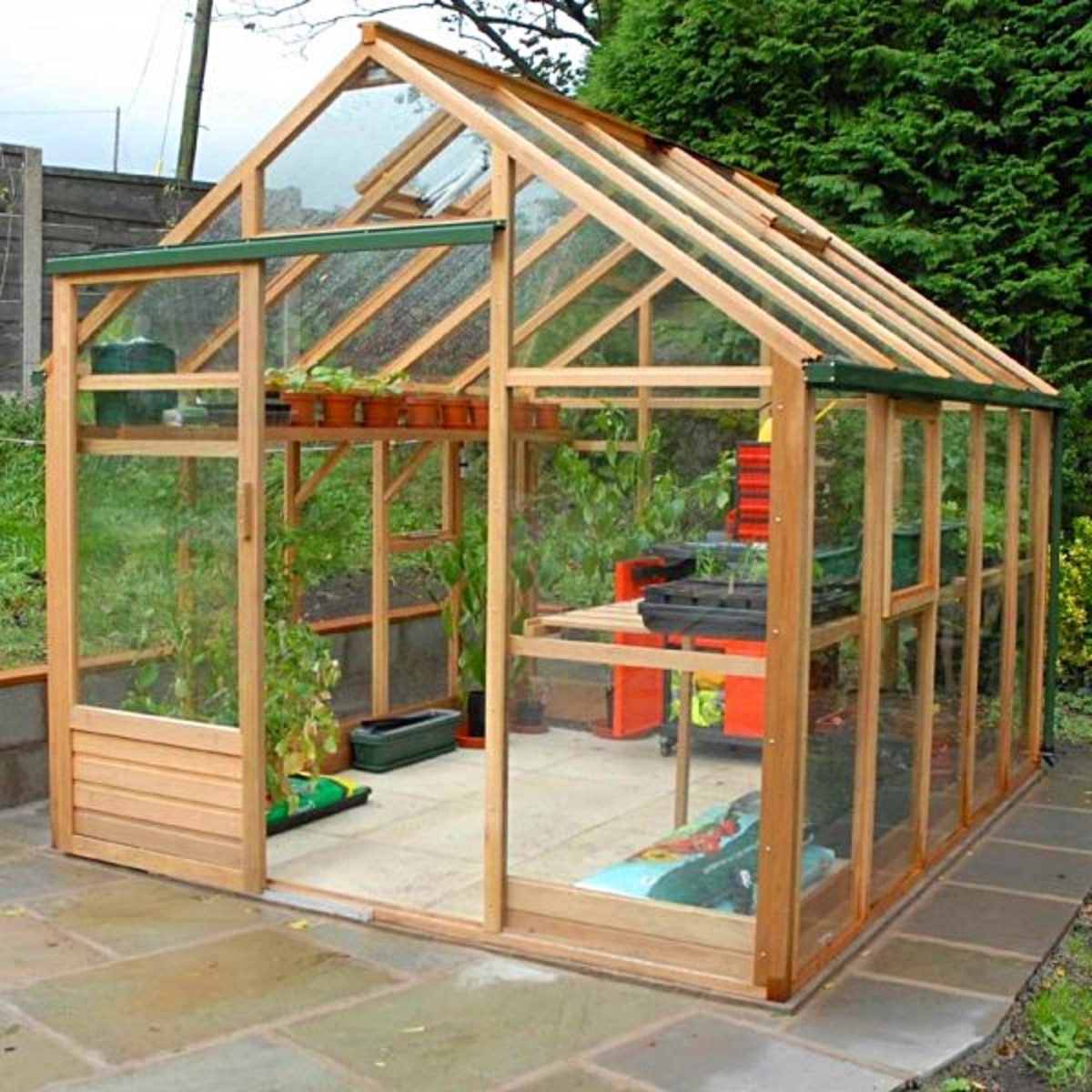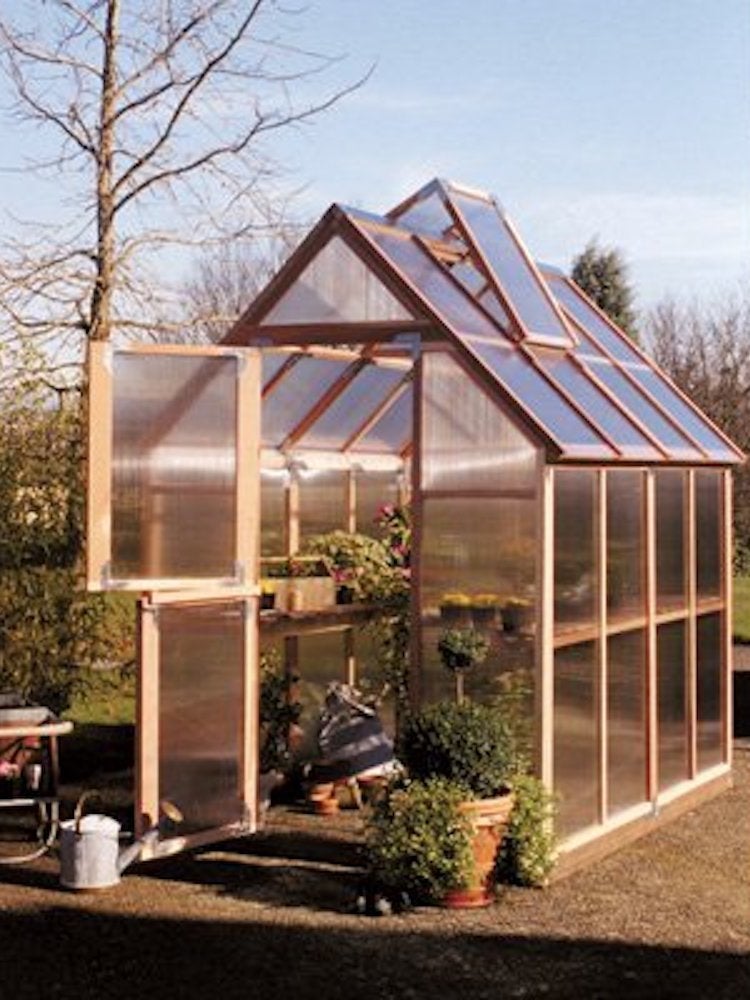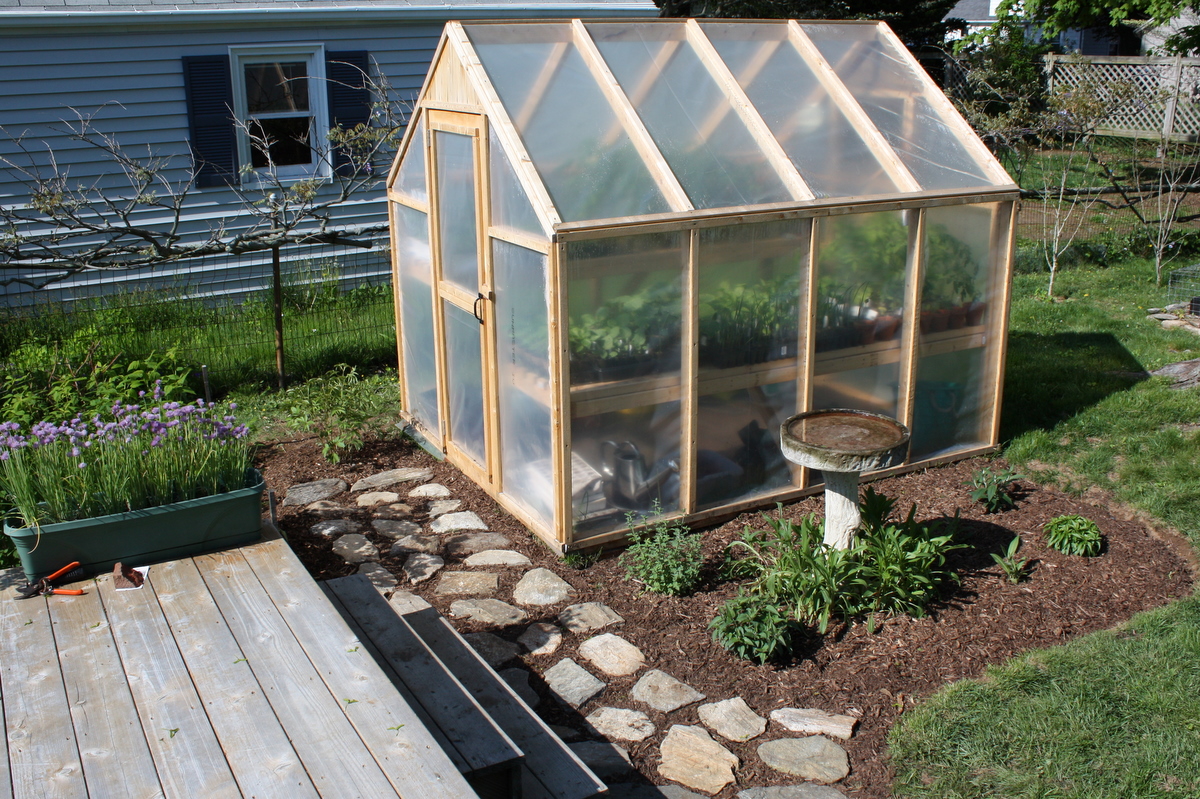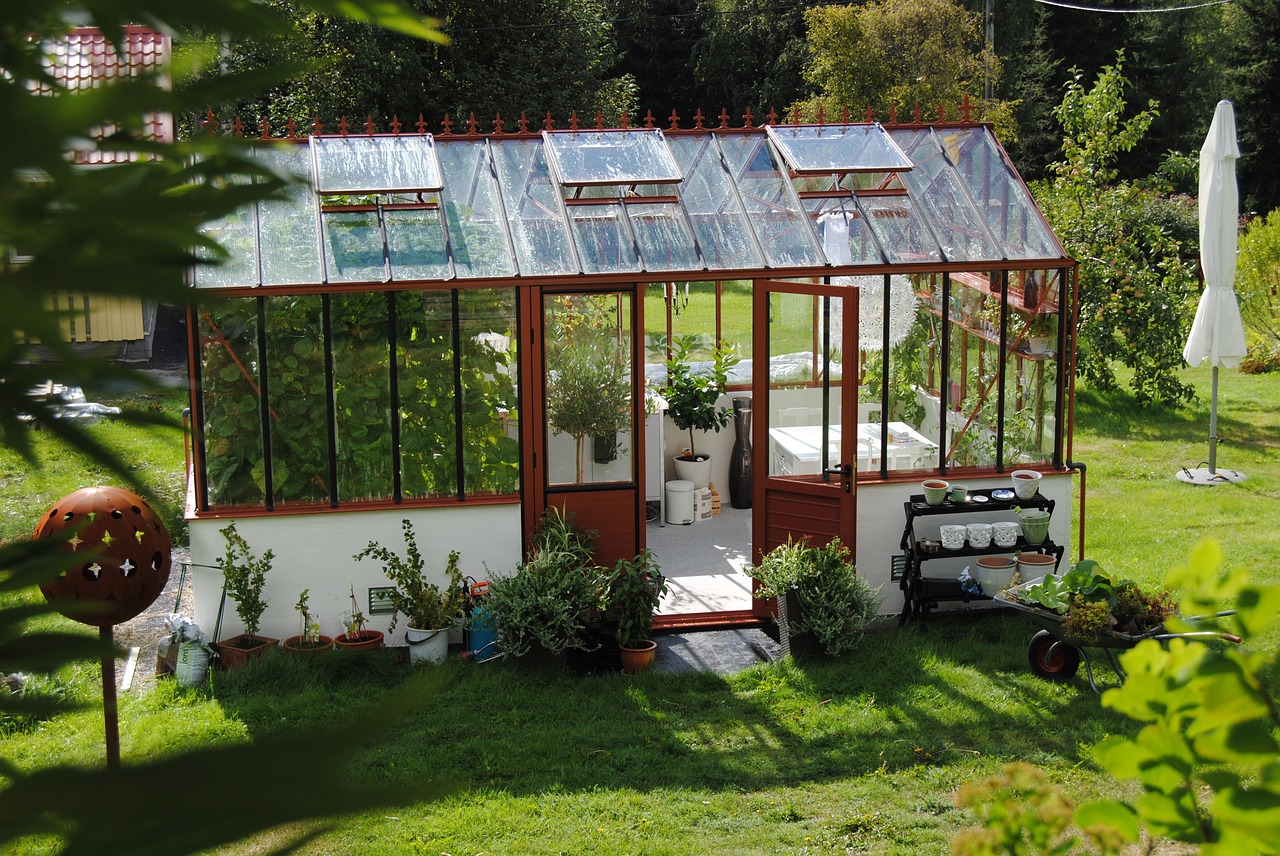The Benefits of Building Your Own Green House
Building your own green house is not only a rewarding DIY project, but it also comes with numerous benefits. Whether you are an avid gardener or someone looking to grow your own fresh produce, a green house provides the perfect environment to nurture your plants. It allows you to extend the growing season, protect your plants from harsh weather conditions, and have more control over their growth. Additionally, a green house can enhance the aesthetic appeal of your garden and increase the value of your property.

Choosing the Right Location
Before embarking on your green house DIY project, it is crucial to select the right location for your structure. Ideally, the green house should be placed in an area that receives ample sunlight throughout the day. This will ensure that your plants receive the necessary amount of light for photosynthesis. It is also essential to consider factors such as access to water and proximity to other structures. Additionally, make sure the chosen location has good drainage to prevent waterlogging, which can be detrimental to plant health.

Materials and Design
When it comes to building your own green house, there are various materials and designs to choose from. The most common materials include wood, metal, and plastic. Wood offers a natural and aesthetically pleasing option, while metal provides durability and strength. Plastic, on the other hand, is an affordable and lightweight option. As for the design, consider factors such as the size of your garden, the types of plants you intend to grow, and your budget. There are traditional designs like the gable roof and modern designs like the hoop house, each with their own advantages.

Preparing the Foundation
Before starting the actual construction, it is important to prepare a solid foundation for your green house. A strong foundation will provide stability and ensure that the structure lasts for years to come. The foundation can be made of concrete, gravel, or even pressure-treated wood. Consider the type of soil in your area and the local climate when choosing the foundation material. It is also crucial to level the ground and remove any rocks or debris that may hinder the construction process.

Constructing the Frame
The frame is the backbone of your green house, providing structure and support. Depending on the design you choose, the frame can be made of wood, metal, or PVC pipes. It is important to ensure that the frame is sturdy and properly secured to withstand strong winds and other external forces. Take accurate measurements and follow the design plans carefully during the construction process. Consider adding reinforcements and braces for additional strength.

Choosing the Right Covering
The covering of your green house plays a vital role in maintaining the desired temperature and protecting the plants. There are several options to choose from, including glass, polycarbonate, and polyethylene. Glass provides excellent light transmission but can be more expensive and fragile. Polycarbonate is a durable and lightweight option that offers good insulation. Polyethylene is affordable and widely used, but it may need regular replacement due to wear and tear. Consider your budget, climate, and specific needs when selecting the covering material.

Ventilation and Temperature Control
Proper ventilation and temperature control are essential for the health and growth of your plants. This can be achieved through various methods, such as installing vents, fans, and shading systems. Vents allow fresh air to enter the green house, preventing the buildup of excessive heat and humidity. Fans can help circulate the air and maintain a consistent temperature. Shading systems, such as shade cloth or blinds, provide protection from intense sunlight. It is important to monitor the temperature regularly and make necessary adjustments to create an optimal environment for your plants.

Irrigation and Watering Systems
Proper irrigation and watering systems are crucial for the successful growth of your plants. Depending on your preference and budget, you can choose from various options such as drip irrigation, sprinklers, or hand watering. Drip irrigation is an efficient method that delivers water directly to the roots, reducing water wastage. Sprinklers provide even coverage but may result in more water evaporation. Hand watering allows for a personalized approach but requires regular monitoring. Consider the specific needs of your plants and the availability of water in your area when selecting the irrigation system.

Pest and Disease Control
One of the advantages of having a green house is the ability to control pests and diseases more effectively. However, it is still important to implement preventive measures to minimize the risk. Regularly inspect your plants for any signs of infestation or disease. Use organic pesticides or biological controls whenever possible to avoid harmful chemicals. Maintaining cleanliness and proper sanitation inside the green house can also help prevent the spread of pests and diseases. Additionally, consider introducing beneficial insects or companion plants that can naturally deter pests.

Maintaining Your Green House
Once your green house is up and running, regular maintenance is essential to keep it in optimal condition. Inspect the structure for any signs of damage and repair them promptly. Clean the windows or coverings to ensure maximum light transmission. Check the ventilation and temperature control systems to ensure they are functioning properly. Regularly remove weeds, fallen leaves, and other debris that may harbor pests or block sunlight. Properly dispose of any diseased plants to prevent the spread of diseases. With proper maintenance, your green house will continue to provide a thriving environment for your plants.

The Joy of Green House DIY
Embarking on a green house DIY project is not only about the end result but also the joy of the process. Building something with your own hands, nurturing plants, and witnessing their growth can be immensely rewarding. It allows you to connect with nature, reduce stress, and improve your overall well-being. Whether you are a seasoned gardener or a beginner, the experience of creating your own green house is truly fulfilling. So, roll up your sleeves, gather your tools, and get ready to embark on an exciting journey of green house DIY!
